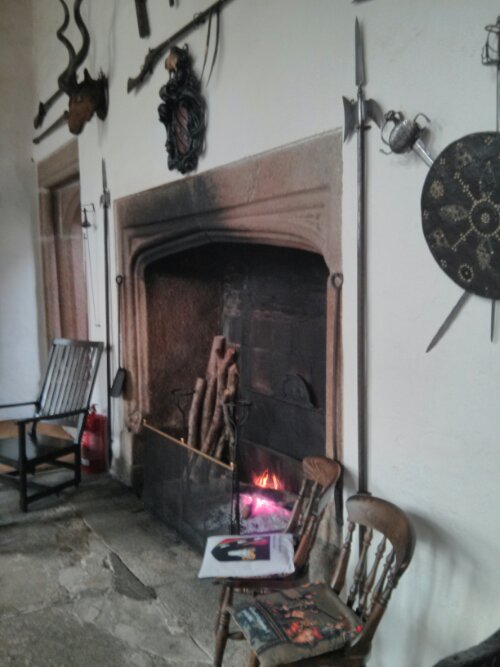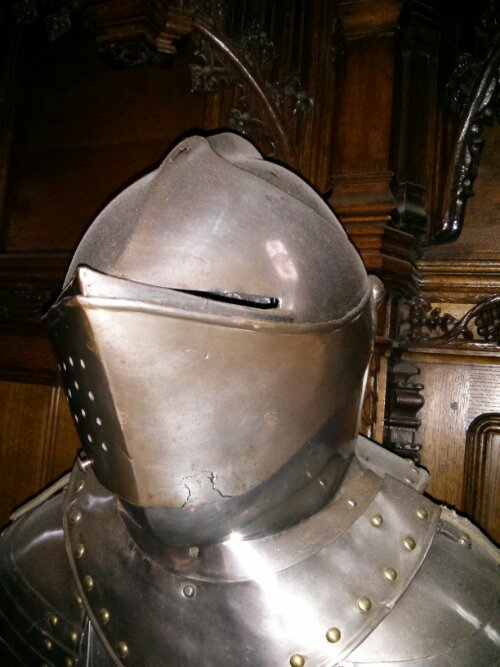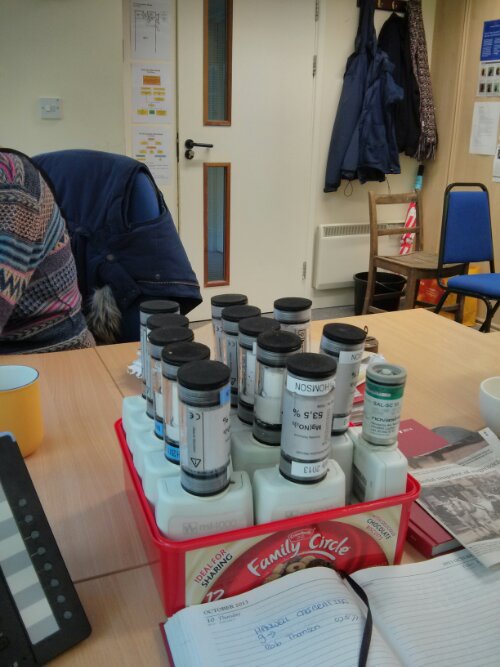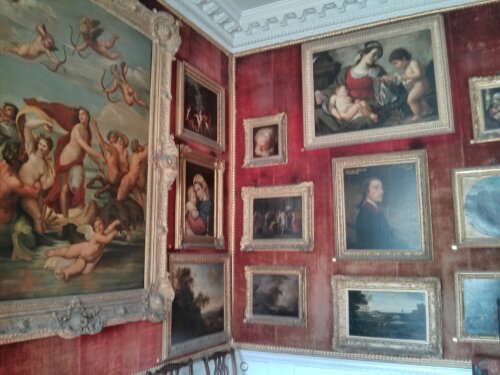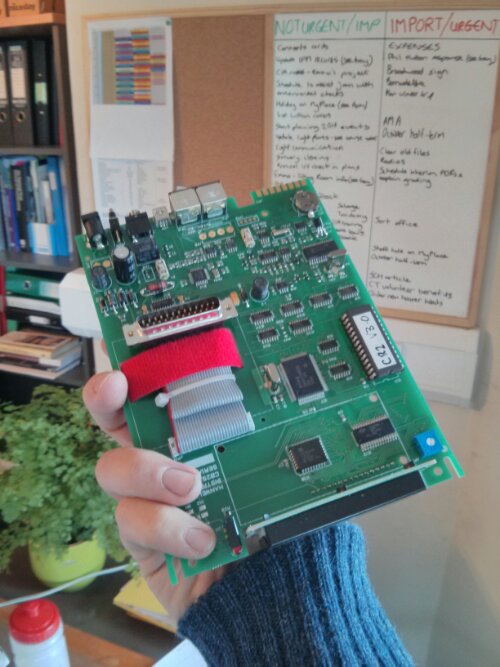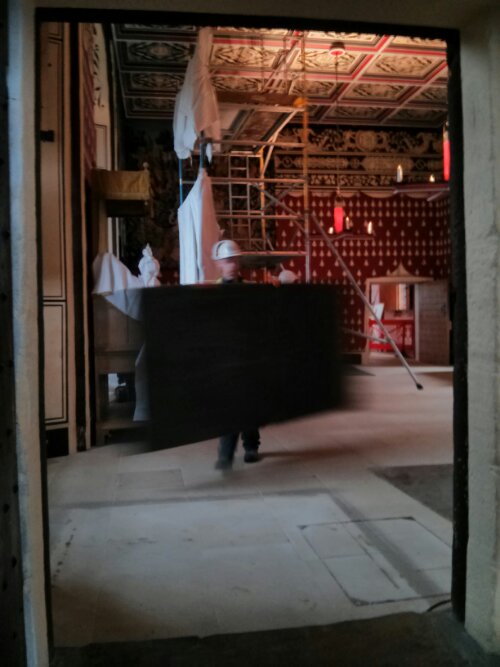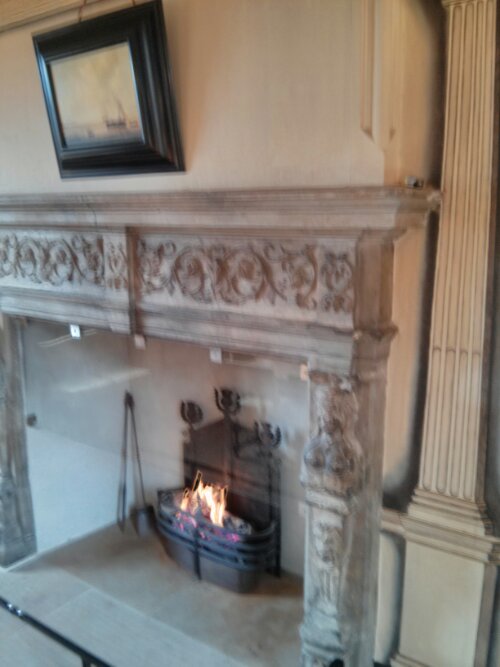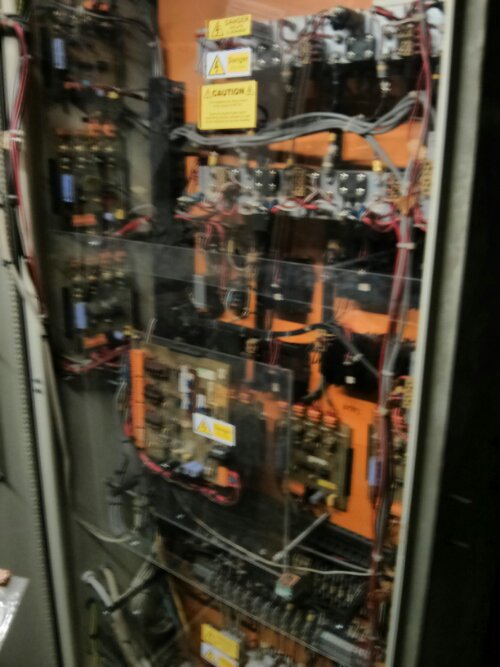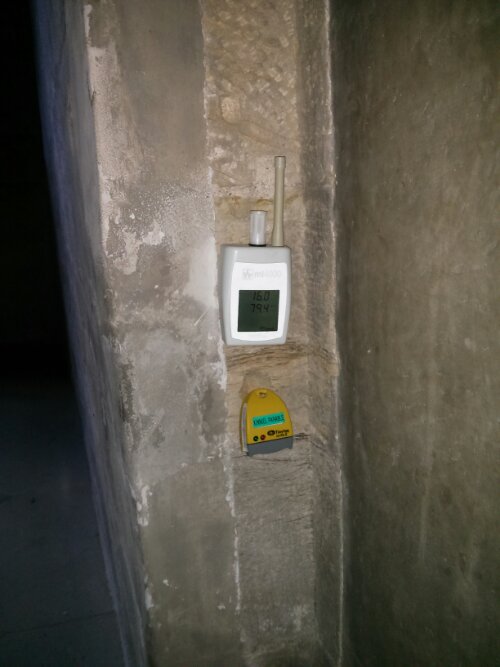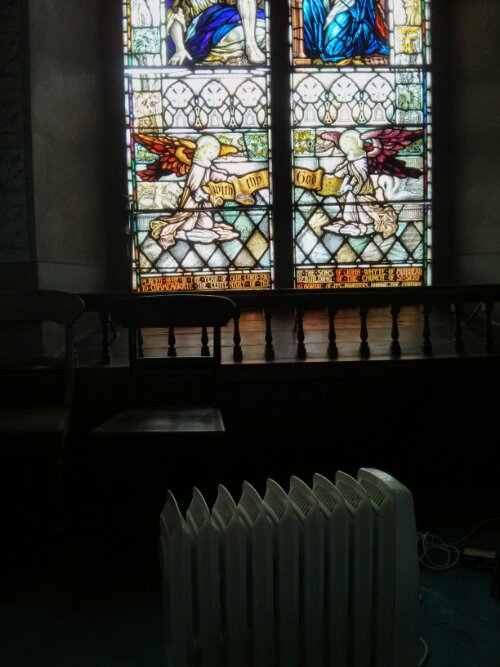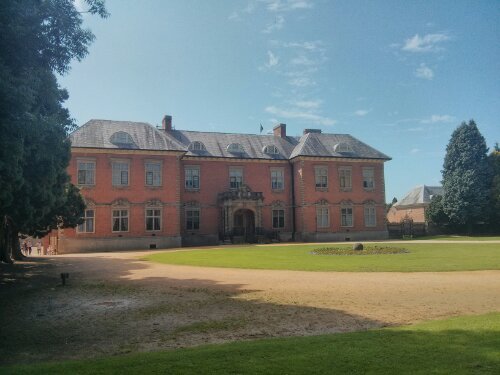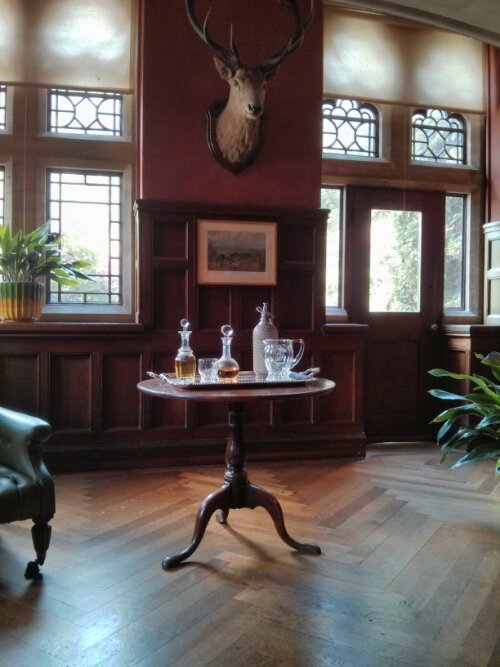This house lights it’s fire for the colder months. The downside is more dusting for the housekeeping staff, a bit of localised smoke patina and a theoretical increase in fire risk. The benefits probably outweigh this though as it adds enormously to the atmosphere of the house and provides a bit of warmth for visitors and staff alike.
Author Archives: admin
Armour
More Calibration
Humidity Control
System Upgrade
Light Fading?
These tapestries have been woven recently and are of great value. We need to make sure they aren’t going to get faded so monitoring of both visible and ultraviolet light is taking place. This should help inform the development of good housekeeping procedures such as using the window shutters. The light meters are being installed when we have scaffold on site for other works.
Gas Fires
Strategy
This historic house in the west of Scotland want to find the most cost effective way of preventing damage to its collection and the most efficient way to heat the building. We are developing a strategy to care for both collection and building that will hopefully be rolled out over the next few years and months
Data Logging
St. Serfs Church
This church has a temporary electric conservation heating system installed. It’s designed to look after the building, the historic interior and the Pictish carved stone in the church. The trials show the system is working as designed. It would be great to reinstate the Victorian cast iron heating to make the conservation heating permanent and to move away from carbon intensive electric heading.
Calibration
This 17th century house has a new environmental monitoring system. The first year of data is now available and is showing where the issues are. Too much heading at times and too
little at others. A few suggestions are being put forward to continue with improvements whilst servicing and calibrating the Hanwell environmental monitoring system.

